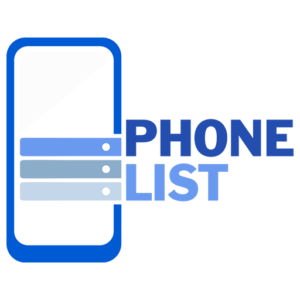Retain your most “valuable” users and involve all those who haven’t purchased from your store for a long time: it’s time to implement an effective profiling and segmentation strategy for your audience in order to identify the most interesting clusters towards which to direct your marketing activities.
On several occasions, in our in-depth blog ivory coast phone number data posts, we have dealt with the topic of audience profiling and segmentation and in a recent post we have also provided you with the tools to get the most out of microsegmentation , also identifying some interesting clusters in the segmentation of e-commerce users and customers. Now we offer you some easily configurable segments on which to implement, immediately, your marketing strategy.
Segmenting eCommerce Users and Customers: Where to Start
Each e-commerce project has its own particularities , so a careful profiling and segmentation strategy cannot be separated from a precise study of the data and specific information relating to its audience.
However, especially in the first phase, it is how subscribers and audience influence the success possible to identify some segments that can be immediately exploited and refined over time.
We have identified 7 of them as particular, to be configured immediately taking advantage of all the The potential of Blendee is that it provides 15 filters to monitor the lifecycle of a user.
Lead
This segment includes all “known” users, meaning rich data those who have published at least one contact, whether an email address or a phone number, but who have never made a purchase.
How to encourage them to buy?
- Offer discount for first order
- Send a personalized newsletter with the products viewed and the content viewed
- Identify the cluster and leverage it for targeted remarketing campaigns on Facebook and Google
Newsletter Subscribers
This segment includes users who have chosen to stay up to date with promotions and store news and are, without a doubt, the first most requested group of users.
How to sign them?
- Periodically communicate news and promotions in advance
- Send informative, useful and entertaining content (e.g. style tips, product stories)
- Include recommended and personalized products based on each user’s purchasing behavior
- Provide offers designed only for newsletter subscribers
First order
This cluster includes everyone who has made only one purchase within the store.
How can we encourage them to make a second purchase?
- Implement cross-selling strategies by offering products related to the product purchased (e.g.: complete your look)
- Ask for a review of the purchase and offer a coupon for a second purchase
- Present news related to the brand or category to which the purchased product belongs
- Promote your business and the benefits of your services
Repeat
These are the users who have made the most purchases in the last few days. They are active customers, which is why it is important to keep them engaged over time.
How can we get them more involved?
- Implement loyalty strategies also through personalized loyalty programs
- Send informative, useful and entertaining content (e.g. style tips, product stories)
- Provide personalized offers
Hero
Within this cluster, your best customers are gathered, those who buy often, have a higher average order value and are engaged. Despite this, it is important to value them.
How to keep them loyal?
- Create personalized loyalty programs
- Send them personalized offers that other users can’t use
- Offer free shipping or other perks when you buy your products
- Guarantee privileged access to promotions, sales and presentations of new products/collections
Casual
These are users who buy occasionally, perhaps in the presence of special promotions.
How can we encourage them to buy more frequently?
- Keep them informed about what’s new in the store
- Spread the word about promotions or discounted products
- Deploy cross-selling strategies
Waiting
This cluster includes users who have performed actions in the last few days, such as adding products to the cart but not completing them.






